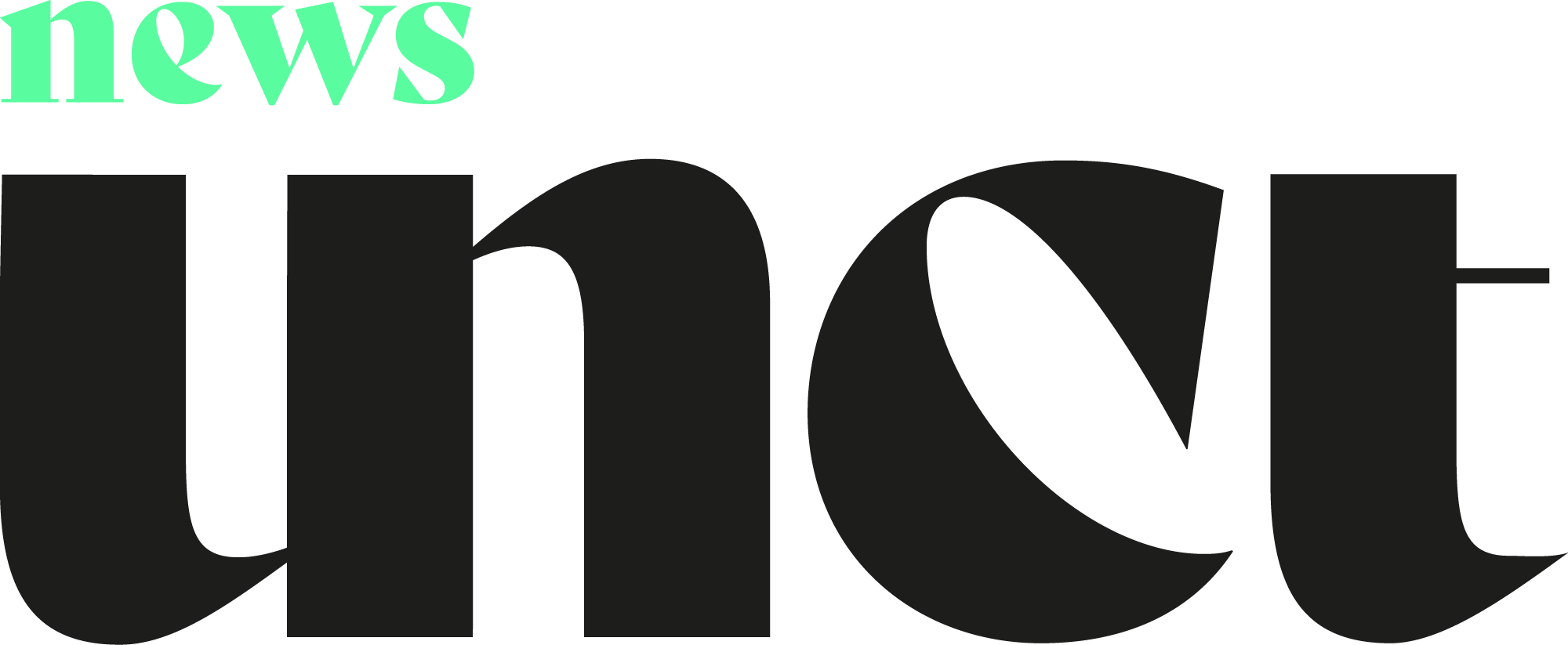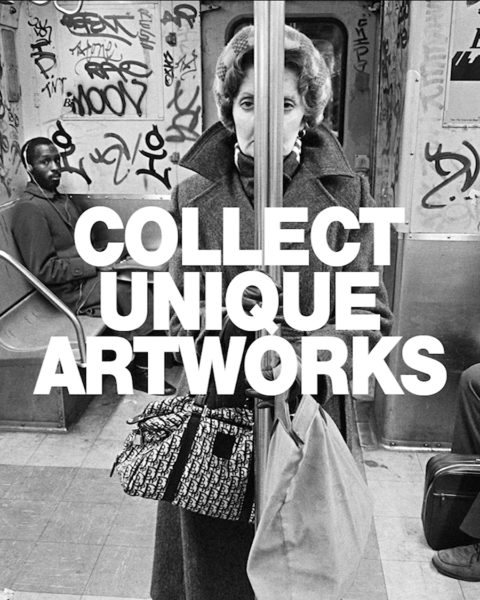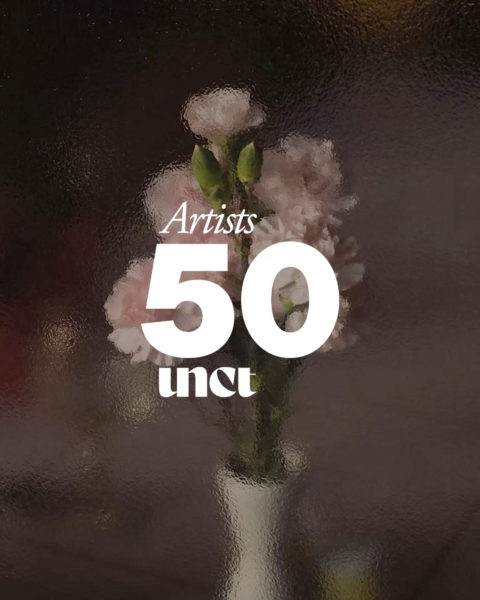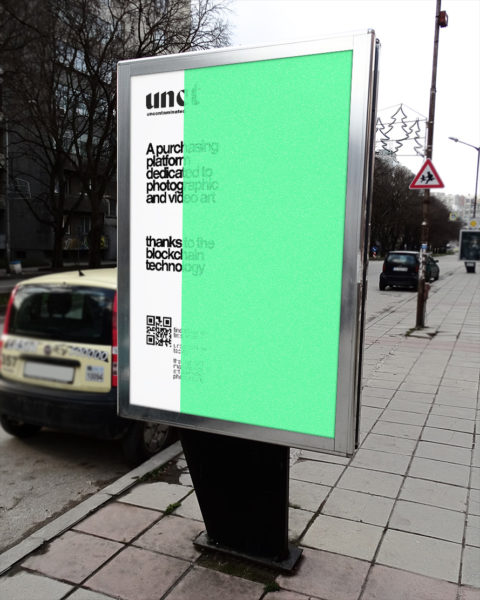The photography market has been growing over the past few years, we only need to look at the growing numbers for this sector at the latest Art Basel and Miami. That being said, there are some challenges for the market. Firstly, there is a reticence by collectors to apply the same level of remuneration and value which is given to paintings and sculptures.
“Nearly two-thirds of the lots offered remain unsold” (Artprice)
The point is, the art market for photography is relatively new as the first photography department at a major auction house was established in 1971. The fact is that due to the oversupply of offers, it is at times difficult to create a fully trustworthy system to limit the number of editions and increase value. Therefore, collectors must look for other details when considering what to buy, such as time between negative and print, artist living during work, number of additional copies, unique conditions, and the more research the better, making it a complex yet unique process overall.
In the past, for a photograph to be considered fine art, it had to be a classic black and white print. Fortunately, this is no longer the case. The field now incorporates all different types of mediums and many of the photographs that are offered in auctions are digital as well as analog, including genres such as fashion photography, documentary, portrait, street, landscape, etc… Accordingly, the base clientele of collectors has also grown and become much more diverse, including crossover buyers from around the world. Southby’s has seen fantastic results in sales for early works by Man Ray, Nadar, and Robert Frank as well as for Cindy Sherman, Francesca Woodman, and Andreas Gursky.
However, as the economy has gotten stronger over the past couple of years there has been a rise in prices for top-caliber works. Collectors are keen to buy examples by leading master photographers, be it an iconic image by Henri Cartier-Bresson or an early print of Edward Weston. It seems that they prefer spending the extra money on securing the best possible work for their collection. As a result, there have been record-breaking prices each season, for specific images by certain artists, making it quite a restricted and competitive market to enter.
But where does that leave emerging artists or photographers aiming to enter the art market in general? Well, this is where the situation gets a bit tricky. The art market for this category includes online portals where photographers can subscribe by paying a fee to showcase their work, including an extra fee on the sale of each work of art thereafter. Another important features which artists may go after are awards and competitions, these are very popular in the photography industry, and whilst they may seem a good way to get your name out there, they are often very lucrative for the organizations promoting them rather than the artists themselves. A further tool for photographers is to set up a portfolio review, lead by a select group of experts, to gain feedback on one’s work and how it may be improved. In addition, one may decide to hire an agent to promote your work on a larger scale but this can be expensive and not always successful for an artists’ specific mission or alignment.
The best way is to showcase your work through a gallery or exhibition, but this is getting more and more difficult to manage, especially due to Covid-19 restrictions, prices of transportation, agency fees, gallery percentage cuts, and the high level of competition involved. This is where a platform like uncontaminated.co becomes a fundamental instrument for the artist in question because effectively they can showcase their work online, generate a digital work of art, an NFT, which can be sold directly to the collector without intermediaries, and most importantly they may benefit from royalties indefinitely due to the resale of their Non-Fungible Token.
The market has changed in the sense that there is more interest than ever. Every year the medium becomes more and more established and collectible with a fast-growing client base. On average, Southby’s and Christie’s receive 40% new buyers to sales each season. This is of course due to fabulous museum exhibitions, gallery shows, advisors, and everyone else who contributes to the economy of the photograph market.
What’s really interesting is the recent rise and boom of NFTs and how this will affect the traditional market in general, we have already seen that institutions and auction houses are adopting NFTs and recognizing their significance by promoting them, but it will be up to genre-specific platforms like uncontaminated.co dedicated specifically to artists working with this medium, aiming to generate a homogenous ecosystem where collectors and artist dialogue constantly in a continuous exchange of ideas, revenue and value. Learning from the past, we aim to look forward beyond new horizons…






